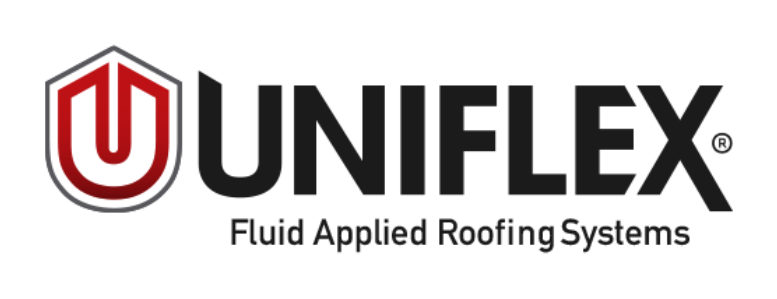Experts Available to Install Eco-Friendly Green Roofs
Delaware and Maryland have a varied climate, allowing many plants and flowers to grow. Eco-friendly green roofs present a sustainable roofing solution to make your home more environmentally efficient. Adding a green roof to your home can reduce energy consumption and improve overall aesthetics.
At Platinum Roofs, we believe in positively impacting the environment. By offering eco-friendly green roofs as one of our services, we’re helping create a place for native greenery to flourish. As a homeowner, you gain many benefits when you choose to install a green roof.
What Is a Green Roof?
A green or living roof is completely or partially covered with living vegetation. The plants or flowers are planted on top of a growing medium and waterproof membrane that stops water from entering the building below. Many eco-friendly green roofs also have a barrier that keeps roots from growing and damaging the structure. These roofs can provide many benefits to your home and community. Some of those benefits include:
- Reducing greenhouse gas emissions
- Managing stormwater
- Improving air quality
- Combatting the urban heat island effect
- Saving energy
These structures also create shelter and protection for wildlife, support plant growth, and improve mental health.
Professional Installation for Eco-Friendly Green Roofs
Installing a living roof requires experience and knowledge of local conditions. Consult with Platinum Roofs to ensure you have a successful implementation of your green roof. Call us today to get started.

















